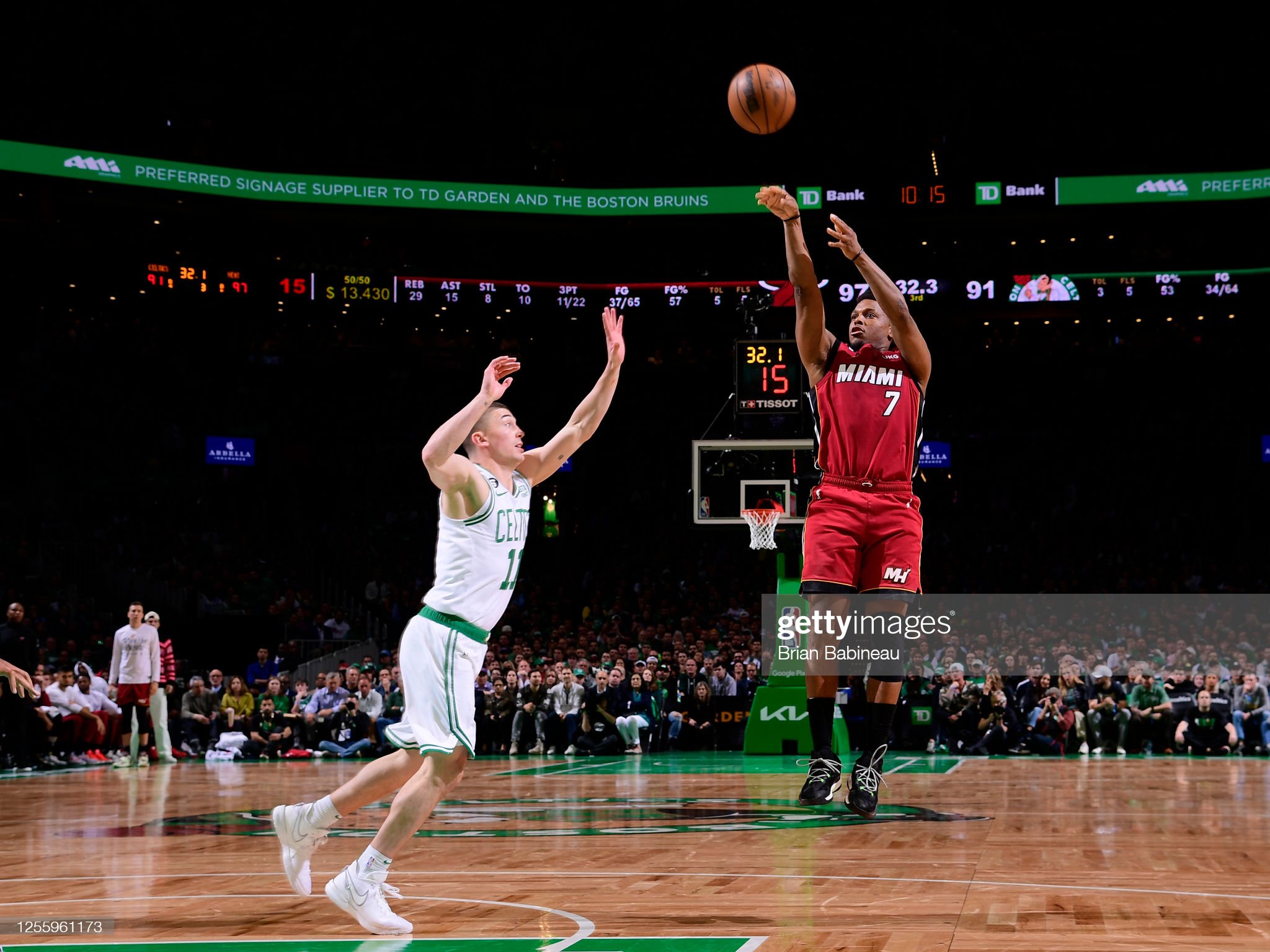Navigating the Shift to Direct-to-Consumer Streaming in Sports Media
Sports has long been considered the final frontier sustaining paid cable television, particularly in the U.S; however the landscape is shifting

In the not-so-distant past, sports fans turned to their TVs for a one-size-fits-all experience: games aired on regional networks, and everyone relied on the same broadcasters for coverage.
Today, that model is unraveling. Consumers are increasingly cutting the cord in favor of Connected TV (CTV) and streaming services, leading to rapid shifts in advertising spend and new direct-to-consumer subscription and pay-per-view offerings.
Direct-to-consumer (DTC) streaming is emerging as a vital strategy for sports organizations to engage audiences, monetize content, and expand their reach. For many organizations and brands, this shift isn’t just an opportunity to engage this new type of sports fan—it’s a necessity.
Adapting to the Evolving Media Landscape
Sports have long been considered the final frontier sustaining paid cable television, particularly in the United States, where traditional broadcasters secured exclusive rights through large licensing deals keeping fans tethered to cable.
However, the landscape is shifting. A key turning point came when Diamond Sports Group signed a multi-year agreement allowing Prime Video users to stream Diamond’s 16 FanDuel regional sports networks. We’ve also seen the evolution of Fubo, a multichannel video programming distributor (MVPD) that is now offering standalone subscriptions to popular DTC streaming services like FanDuel, NBA League Pass, and more without requiring a full MVPD customer.
With streaming platforms now competing for sports rights, leagues, teams, and even individual games can now appear across multiple platforms like linear TV, streaming services, or their own DTC channels. Rather than being limited to a single broadcaster, rights holders can now strategically mix exclusive and non-exclusive deals, expanding their reach while maintaining control over their content.
For years fans have been constrained to a one-size-fits-all approach when it comes to sports but in the wake of streaming, fans can now have a customized and seamless viewing experience, all from the platform(s) of their choosing. Now more than ever, organizations are delivering seamless viewing experiences that allow fans to subscribe to the content they love while also creating new opportunities for brands to engage them.
Meeting Fans Where They Are
The streaming industry is racing to keep up with the evolving sports landscape, but we’re already further along than many realize. This isn’t the first cycle of investment—it’s the next phase of refinement and optimization. The foundations have been laid, and now it’s about building smarter, more sustainable models that align with shifting consumer behaviors and the growing demand for flexible, data-driven sports streaming experiences.
The ability to deliver personalized, automated ad experiences across these platforms will be a game-changer for monetization and audience engagement. Many teams are launching their own OTT streaming apps to deliver live games, replays, and exclusive content straight to fans’ screens.
For example, last year the NBA struck an 11-year agreement with The Walt Disney Company that will net them roughly $76 billion dollars. Through this agreement, the NBA app will be leveraged as a universal access point to direct fans to the platform of their choosing (Disney, NBCU, or Amazon) to watch their favorite games.
The always-on nature of sports (there is at least one broadcast-worthy sporting event every day) and the lengthy seasons provide ample opportunities to attract new subscribers."
As digital viewership climbs, the cost of game rights continues to soar. Major streaming platforms and tech giants are vying for digital sports rights, fueled by the power of sports to captivate audiences across all demographics on a massive scale.
For premium leagues like the NBA, digital streaming rights opportunities have opened up the competition for coveted network ad dollars, providing new revenue and highly engaged audiences. This also opens up opportunities for brands to leverage contextual targeting, aligning their content with trending athletes, and ensuring their ads reach engaged fans at the perfect time.
This hybrid approach will allow the NBA to balance traditional revenue streams with digital innovation, meeting fans where they are by maximizing accessibility and engagement. The rewards are substantial: by taking control of their platforms and owning the relationship with fans, organizations can sell their sponsorships directly, maintain control over valuable data, and connect with fans in deeper, more personalized ways driving higher engagement and offering tailored advertising and content experiences.
Engagement Lasts Beyond The Season
The always-on nature of sports (there is at least one broadcast-worthy sporting event every day) and the lengthy seasons provide ample opportunities to attract new subscribers – drawing them in with their favorite teams and then hooking them with other offerings when the games end. Female athletes and sports fans are also reshaping the media landscape, breaking long-held stereotypes, and redefining how sports are covered and consumed.
Deloitte predicted that 2024 revenue from women's sports would surpass 1 billion dollars for the first time. We’ve seen streamers start to follow this revenue stream – Peacock partnered with podcaster Alex Cooper for live Olympic coverage, and Netflix (whose subscriber base is 51% female) live-streamed the Christmas NFL games featuring a halftime show from Beyoncé. Netflix has also become home to shows like Quarterback and Receiver which have been praised for a real-life look into NFL players' lives both on and off the field.
With DTC and owned streaming platforms, teams have greater opportunities to offer fans exclusive behind-the-scenes content of their favorite athletes, providing a deeper, more personal look into their lives. There’s significant potential, especially during the off-season, to expand on these connections by highlighting team personalities in more engaging and creative ways, fostering stronger bonds with fans.
However, this begs the question of how this could impact Name, Image, and Likeness (NIL) rights in sports. We could begin to see more negotiations centered around the individual rights of athletes. With sponsorships now commanding premium placements, brands are increasingly looking to align with athletes, teams, or leagues that have high visibility and direct fan engagement, making NIL deals a key factor in securing lucrative sponsorships. As a result, athletes’ NIL rights could become a major bargaining chip in the negotiation process, influencing the distribution and monetization of digital sports content in unprecedented ways.
A new era of sports fans is here and the growth opportunities are unlimited. It’s clear that sports streaming has become a cornerstone of the modern entertainment landscape that’s here to stay. Sports is no longer about the calendar of events, but building and engaging a community on and off the field, year-round, and the broadcasters that take an audience-first approach and cater to this direct-to-consumer shift will be primed for long-term success, and the brand dollars will surely follow.
Get the TV Tech Newsletter
The professional video industry's #1 source for news, trends and product and tech information. Sign up below.
Brian Rifkin is Co-Founder & SVP, Strategic Partnerships at JWP Connatix

